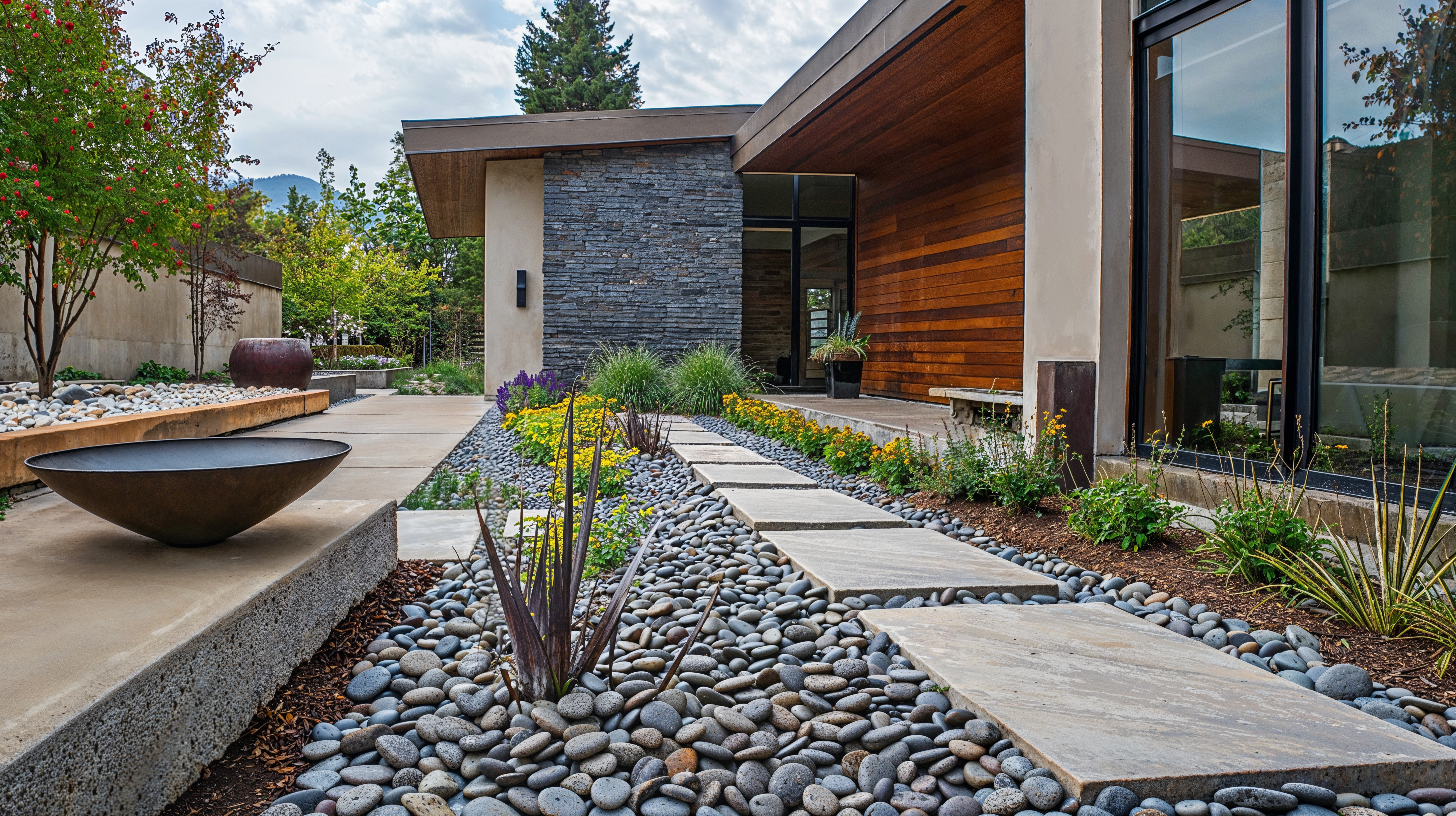
As climate concerns grow, designing for water conservation has become a priority in residential landscaping. Thoughtful design not only minimizes water use but also enhances the beauty and functionality of outdoor spaces. Xeriscaping—a landscaping method that uses drought-tolerant plants, strategic irrigation, and sustainable materials—leads the way in creating eco-friendly residential landscapes.
Xeriscaping focuses on planting native and drought-resistant species like succulents, ornamental grasses, and Mediterranean herbs such as lavender or rosemary. These plants thrive in dry climates, requiring minimal watering. Mulching around plant bases with organic materials like bark or stone further reduces water evaporation while improving soil health and deterring weeds.
For visual appeal, xeriscaping incorporates varying textures and heights, blending hardy plants with gravel paths, boulders, and decorative elements. Grouping plants with similar water needs ensures efficient irrigation, often achieved through drip systems that deliver water directly to roots.
While xeriscaping is foundational, residential landscapes can integrate additional strategies for water conservation. Rainwater harvesting systems, for instance, collect and store runoff from rooftops for garden use, reducing dependency on municipal supplies. Installing permeable pavers or gravel pathways allows rain to infiltrate the ground, replenishing groundwater reserves and preventing runoff.
Living walls and vertical gardens bring greenery to smaller spaces while requiring less water than traditional lawns. These installations often use built-in irrigation systems, maximizing efficiency. Low-maintenance ground covers like clover or creeping thyme are excellent alternatives to water-hungry grass, adding color and texture while reducing the need for mowing and watering.
Designing with water conservation in mind doesn’t mean sacrificing style. Incorporating colorful, drought-tolerant blooms, sculptural plants, and natural materials creates vibrant, inviting outdoor spaces. Adding features like rock gardens, dry creek beds, or sculptural water fountains recirculating minimal water provides visual interest while maintaining eco-conscious values.
By embracing xeriscaping and integrating innovative conservation practices, residential landscapes can be both sustainable and striking, fostering a harmonious relationship between nature and modern living. This approach not only reduces environmental impact but also inspires a renewed appreciation for water as a vital resource when designing for water conservation.
Discover additional ways that landscaping impacts design with our article Regenerative Architecture.







